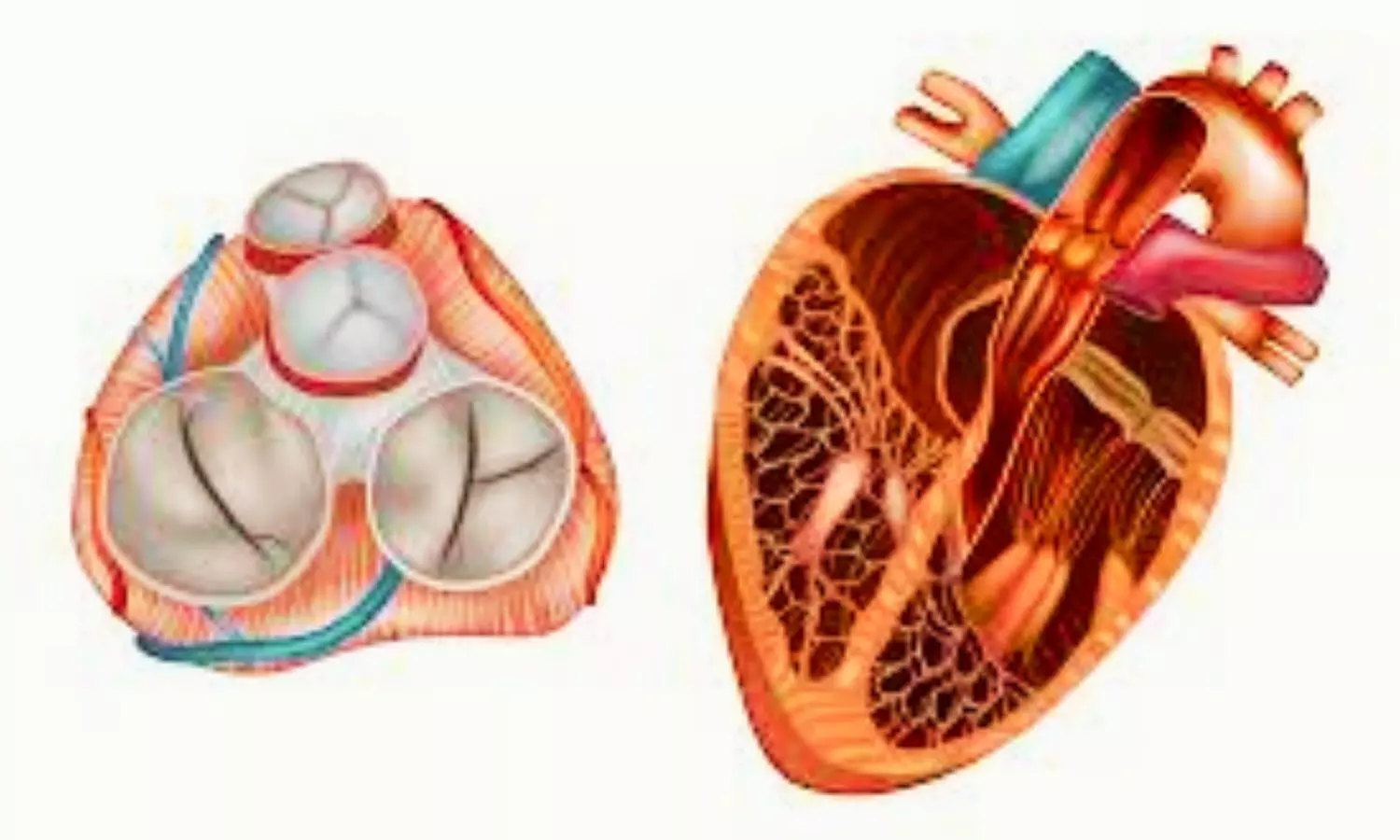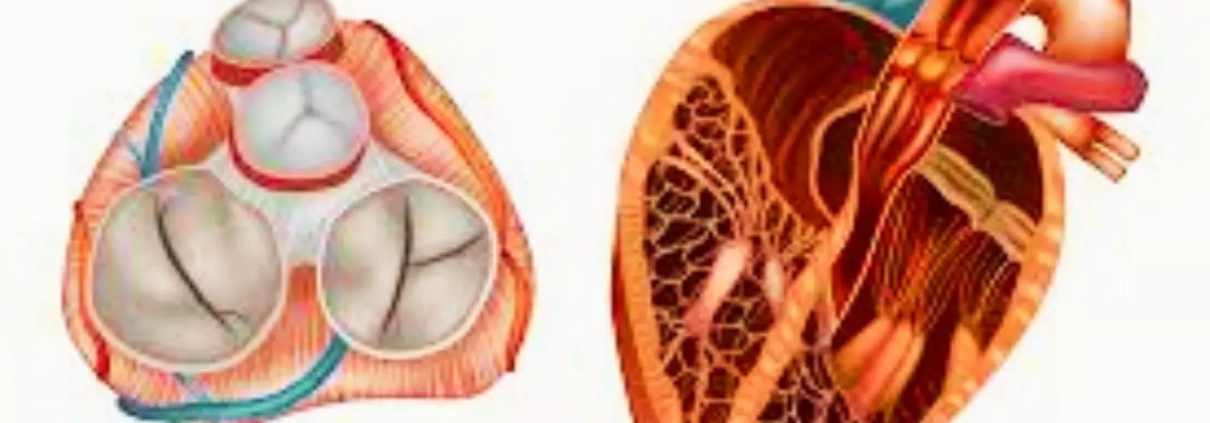Fetuin A significantly decreased in patients with calcific aortic valve disease

Pakistan: A recent meta-analysis published in Atherosclerosis Plus has shown a significant reduction in fetuin-A in patients with known calcific aortic valve disease (CAVD).
The research, however, revealed no association between fetuin-A and calcific aortic valve disease in kidney disease patients. The investigator Muhammad Omar Larik from Dow International Medical College in Karachi, Pakistan, suggest the need for further research to arrive at a robust conclusion regarding fetuin-A use as a diagnostic biomarker for calcific aortic valve disease.
Calcific aortic valve disease is a common valvular disease that is particularly prevalent within the older age groups. The potential use of biomarkers in diagnosing and assessing CAVD severity in supplementation with imaging techniques has recently gained momentum within the field of cardiovascular medicine. Therefore, Dr. Omar Larik performed a meta-analysis to assess the association between the fetuin-A levels and the presence of CAVD.
For this purpose, online databases were searched from inception to April 2023. The Newcastle-Ottawa scale was utilized for bias assessment to determine the quality of the included studies. The initial search revealed fourteen potentially relevant studies. Nine studies (including 3,280 patients with CAVD and 7,505 patients as controls) were selected after a comprehensive full-text screening.
The researchers reported the following findings:
- A total of 3,280 patients with CAVD and 7,505 patients as control were included in the analysis, resulting in the pooling of 10,785 patients in this meta-analysis.
- It was observed that the circulating levels of fetuin-A were significantly lowered in patients with CAVD (SMD: -0.20).
- The analysis revealed that fetuin-A levels had no significant association with CAVD in patients suffering from kidney disease (SMD: 0.20).
“While initial results showed the potential effectiveness,” the study stated, “there is a need for further research is essential to arrive at a robust conclusion regarding fetuin-A use as a diagnostic biomarker for calcific aortic valve disease.”
Limitations include the unadjusted data that may account for some inconsistencies, as populations of certain studies were subject to a variation of comorbidities when compared to other studies, such as the presence of diabetes mellitus, hypertension, or smoking history. Also, the mata-analysis was performed exclusively using observation studies accounting for an increased level of heterogeneity.
Reference:
Larik, M. O. (2023). Fetuin-A levels in association with calcific aortic valve disease: A meta-analysis. Atherosclerosis Plus, 54, 27-29. https://doi.org/10.1016/j.athplu.2023.09.004



